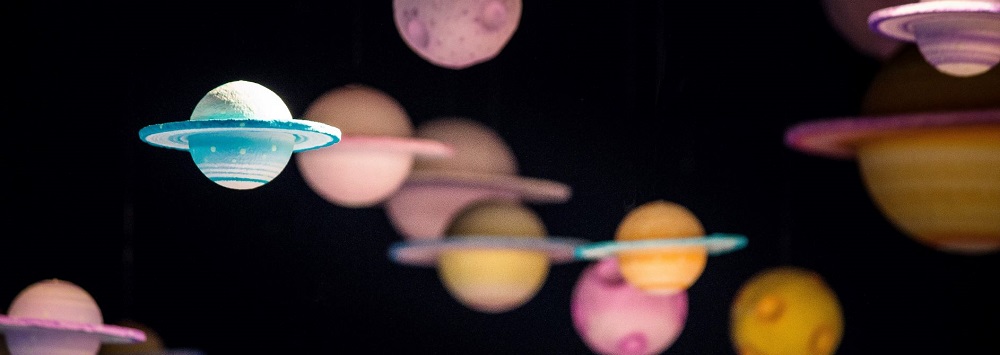Photo by David Menidrey
Background
TRAPPIST-1 is a planetary system located 12 parsecs (39 light years) away from our solar system, it was discovered in 2017 and lies within the constellation of Aquarius.
TRAPPIST-1 orbits around a star that is 12 times less massive than the Sun and only slightly larger than Jupiter.
There are at least seven planets in orbit, the initial discovery was made by TRAPPIST, the TRAnsiting Planets and PlanetesImals Small Telescope.
The Problem
Not many people know about the discovery of TRAPPIST-1 and how it was made, research papers are available but these tend to be very complicated and tailored for scientists who specialise in astrophysics.
The Solution
Our students decided to make a model of the TRAPPIST-1 system with the orbits to scale, a light source would be used to represent the star and a light detector would record the light as the planets passed infront of it.
A live graph would be produced which shows light verses time which would educate people on how the transit method is used to detect exoplanets.
The Result
The project was a success! A model of the system was constructed that successfully produced a live light intensity graph.
Meet the Team
Back to: Department of Physics
